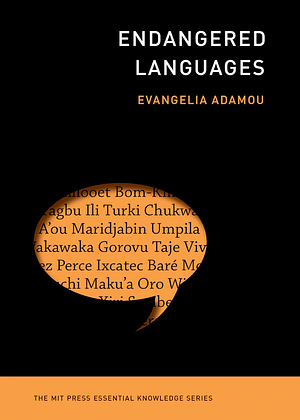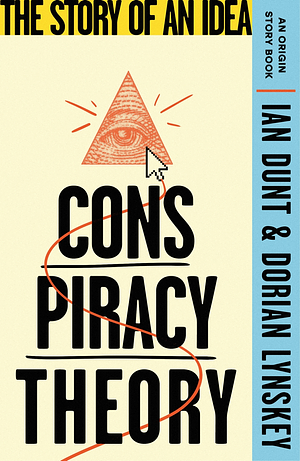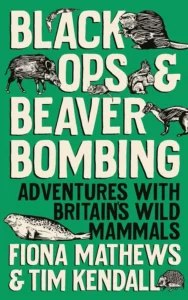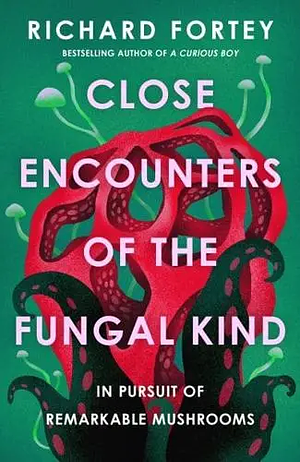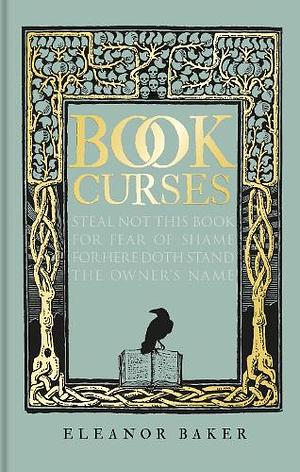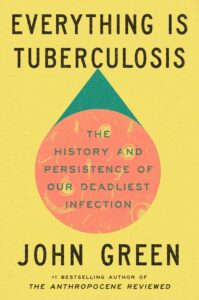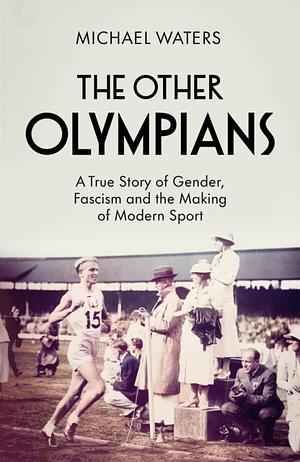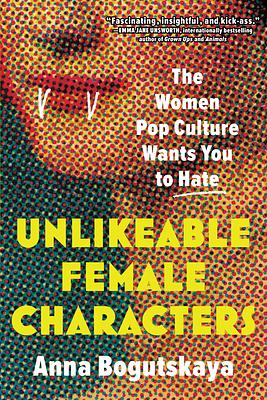
Unlikeable Female Characters: The Women Pop Culture Wants You To Hate
by Anna Bogutskaya
Genres: Non-fictionPages: 351
Rating:

Synopsis:How bitches, trainwrecks, shrews, and crazy women have taken over pop culture and liberated women from having to be nice.
Female characters throughout history have been burdened by the moral trap that is likeability. Any woman who dares to reveal her messy side has been treated as a cautionary tale. Today, unlikeable female characters are everywhere in film, TV, and wider pop culture. For the first time ever, they are being accepted by audiences and even showered with industry awards. We are finally accepting that women are—gasp—fully fledged human beings. How did we get to this point?
Unlikeable Female Characters traces the evolution of highly memorable female characters, from Samantha Jones as "The Slut" in Sex and the City to the iconic Mean Girl, Regina George, examining what exactly makes them popular, how audiences have reacted to them, and the ways in which pop culture is finally allowing us to celebrate the complexities of being a woman. Anna Bogutskaya, film programmer, broadcaster, and co-founder of the horror film collective and podcast The Final Girls, takes us on a journey through popular film, TV, and music, looking at the nuances of womanhood on and off-screen to reveal whether pop culture—and society—is finally ready to embrace complicated women.
I really liked Anna Bogutskaya’s book on horror, but I found Unlikeable Female Characters really… well, obvious? It didn’t feel particularly insightful, more like a regurgitation of the plots of various movies and TV series, many of which I was already familiar with.
To be honest, I feel like the question is less why people are so against “unlikeable” female characters (which in this book is referring to characters who are e.g. promiscuous; not everything in this book should be considered an unequivocally unlikeable trait) and more why they hate female characters in general, and that’s part of why this doesn’t satisfy. Growing up being interested in fandom, like Gundam Wing and Final Fantasy VIII, there was such rabid hate for characters like Relena Peacecraft and Rinoa Heartily, and on an adult assessment… actually, they were really nice girls. As an outsider who knows little about the franchise as it stands, it felt like a very similar reaction to Rey in Star Wars, for example. (Maybe I’m wrong. I don’t want to argue that right now.) I think we need to examine that too along the way to understanding liking or disliking “problematic” female characters, though that too is part of the picture.
Digging into that was probably more what I would’ve been interested in, but even so I found this rather repetitive and unoriginal. I’ve read this listicle, basically. It makes me wonder if the book on horror was less insightful than I thought, and more obvious to a fan of horror… This was disappointing, anyway.
Rating: 1/5

